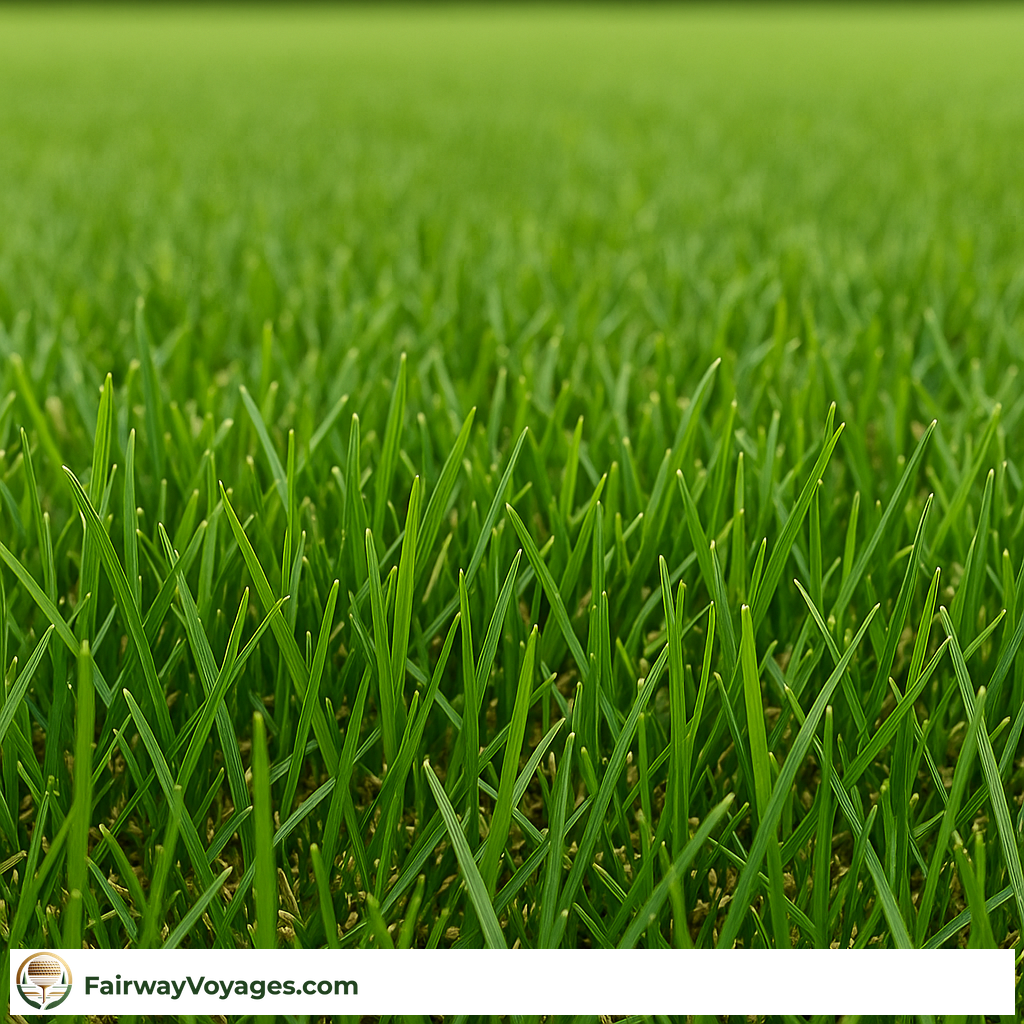Ryegrass: A Versatile and Widely Used Grass Species
Ryegrass refers to species within the genus *Lolium*, which are among the most widely cultivated grasses worldwide. These grasses are commonly used for pastures, lawns, sports fields, and erosion control. Known for their rapid germination and adaptability, ryegrasses have been extensively researched and selectively bred for agricultural and recreational purposes. They are native to Europe, Asia, and North Africa but have been successfully introduced to many temperate regions across the globe.
The two most prominent species are perennial ryegrass (*Lolium perenne*) and annual or Italian ryegrass (*Lolium multiflorum*). Perennial ryegrass is valued for its dense, fine-textured turf and is widely used in temperate climates. It provides excellent ground coverage and is relatively tolerant of foot traffic, making it ideal for use in athletic fields and public parks. Italian ryegrass, on the other hand, is used primarily as a forage crop due to its fast growth and high nutritional value.
Botanical Characteristics and Growth Habits
Ryegrasses are cool-season grasses with a bunch-type growth habit, meaning they do not spread by stolons or rhizomes. They have narrow, glossy, dark green leaves and form clumps rather than a creeping mat. The leaves are arranged alternately on the stem and have a characteristic folded vernation. The inflorescence is a spike with spikelets arranged edgewise to the stem, a distinguishing feature among grasses.
These grasses exhibit rapid seedling establishment and are capable of germinating in as little as five to ten days under optimal conditions. Ryegrasses prefer well-drained, fertile soils and full sunlight but can tolerate partial shade. Their optimal growth occurs in temperatures between 10°C and 25°C, although some varieties have been bred for improved heat and drought tolerance. They are generally not as winter-hardy as some other cool-season grasses but can survive moderate frosts.
Agricultural Importance
Ryegrass plays a critical role in modern agriculture, especially in temperate regions. It is often used in rotational grazing systems and cut-and-carry operations due to its high digestibility and palatability for ruminants. When managed properly, ryegrass pastures can provide a consistent and cost-effective feed source. Its compatibility with leguminous plants such as clover enhances soil nitrogen levels, reducing the need for synthetic fertilizers.
Annual ryegrass is also commonly sown as a cover crop. Its dense root system helps prevent soil erosion, while its rapid growth suppresses weed development. Moreover, it contributes to soil structure and organic matter content when used in no-till or conservation agriculture systems. Ryegrasses can also be ensiled to produce high-quality silage for livestock, especially in dairy production systems.
Breeding and Cultivar Development
Extensive breeding programs have led to the development of many ryegrass cultivars tailored to specific climates and uses. Breeders select for traits such as disease resistance, winter hardiness, drought tolerance, and improved nutritional profiles. In turf applications, emphasis is placed on color, leaf texture, density, and resistance to wear and diseases like crown rust and gray leaf spot.
Hybrid ryegrasses, resulting from crosses between *Lolium perenne* and *Lolium multiflorum*, combine desirable traits from both species. These hybrids often offer improved persistency and productivity, making them suitable for both pasture and silage use. Some cultivars have also been developed to reduce endophyte content, which can be toxic to grazing animals under certain conditions.
Ecological and Environmental Considerations
Ryegrasses can have both positive and negative ecological effects depending on their use and management. When properly maintained, they stabilize soil, reduce runoff, and improve air quality in urban settings. Their dense canopy inhibits weed growth, reducing the need for herbicides. However, if overused or introduced inappropriately, ryegrass can outcompete native vegetation and alter local ecosystems.
In some areas, ryegrass has become invasive, particularly when used in large-scale reseeding projects without ecological assessment. Its rapid growth and adaptability can disrupt native plant communities. Nonetheless, in managed agricultural and turf systems, its benefits generally outweigh its risks, especially when integrated with sustainable practices.
Overall, ryegrass remains a cornerstone of temperate agriculture and landscape management. Its versatility, ease of establishment, and high productivity continue to make it a preferred choice for farmers, land managers, and homeowners alike. Ongoing research and development ensure that ryegrasses will remain vital components of both agricultural production and urban green infrastructure in the years to come.

